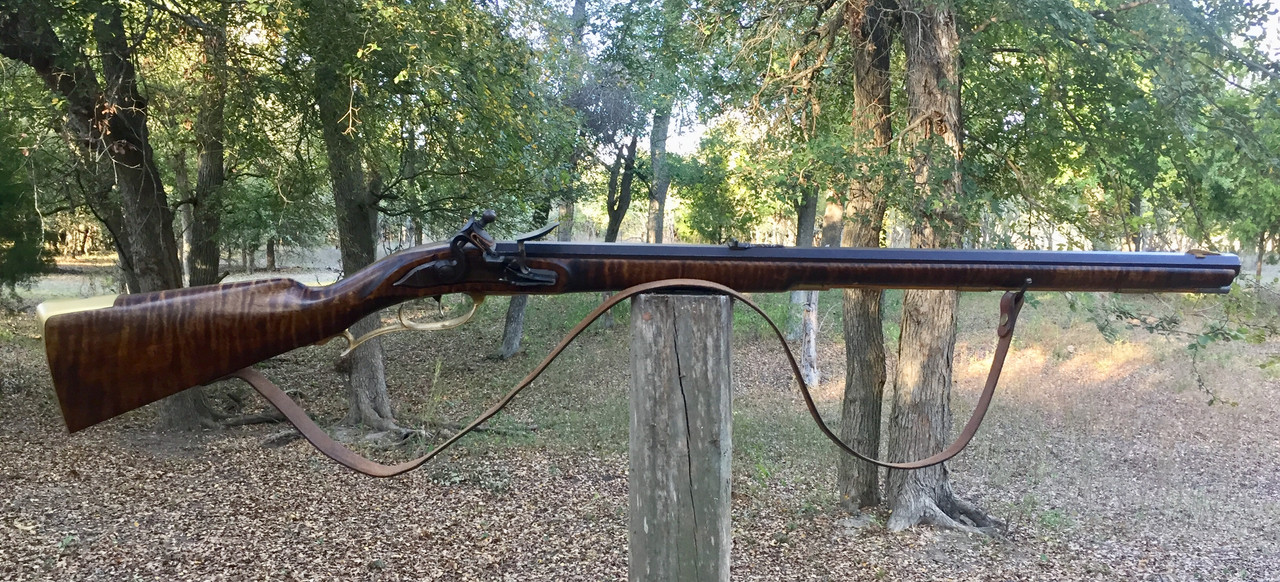Treestalker
Treestalker
- Joined
- Mar 24, 2014
- Messages
- 4,051
- Reaction score
- 3,748
- Location
- Third Pond from the Great God Helios
Hello, I have accumulated parts including a swamped Jaeger barrel, a set of iron furniture for a Virginia rifle, and a plank of decent walnut. Would this make a believable American Jaeger? I would like to build a shorter handier rifle. The barrel is 31" and the used furniture is browned with a wide butt plate, which led to this delusion, fueled by my medications not working right sometimes, LOL. This would be at the limit of my ability, having never inlet a swamped barrel (maybe purchase an inletted blank?) I'd love to hear your thoughts on this Franken-Jaeger, all opinions accepted without upbraidment or repercussion, LOL. I do intend to build it in flint, advice on lock type appreciated. Thanks, George.
'
?
'
?






